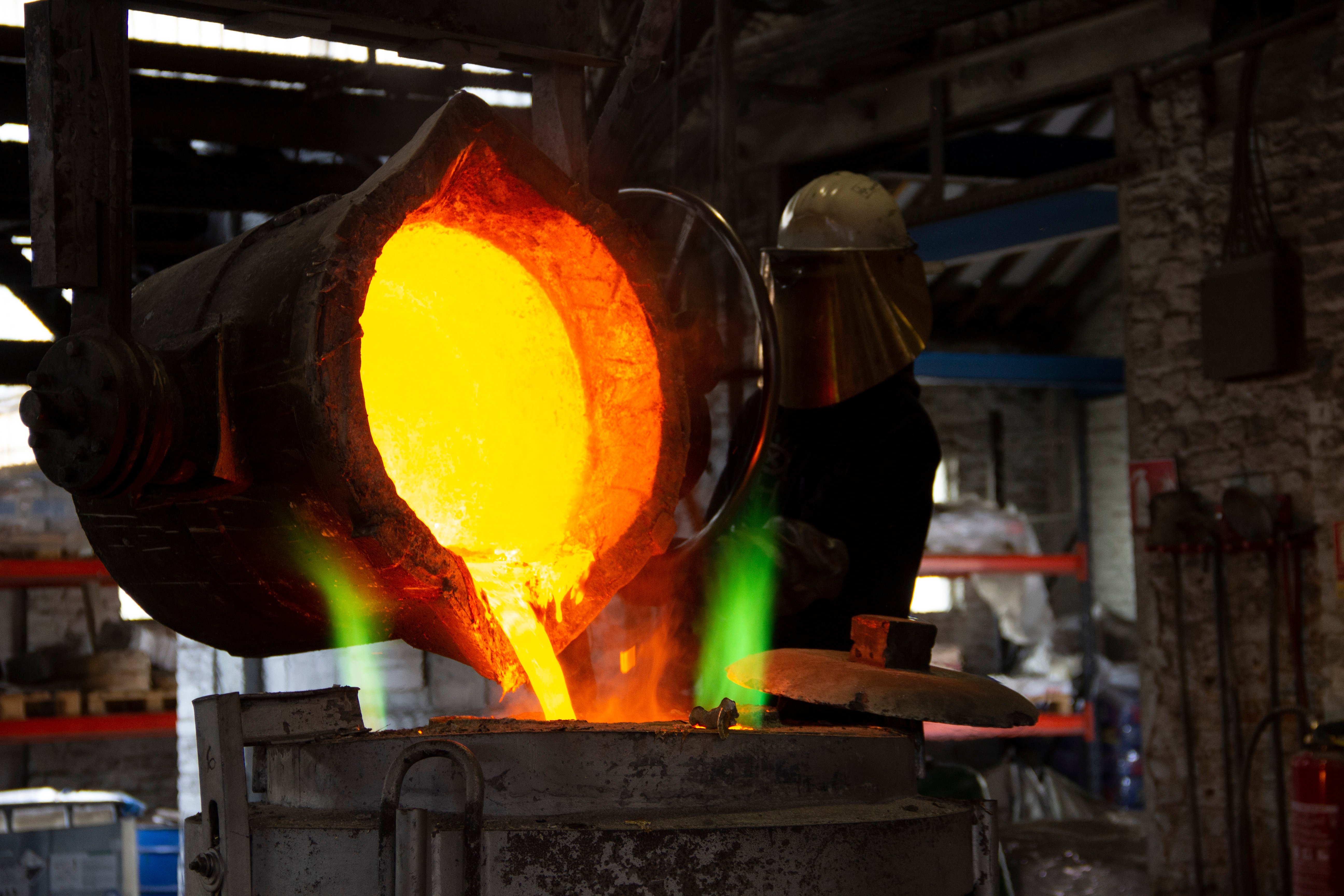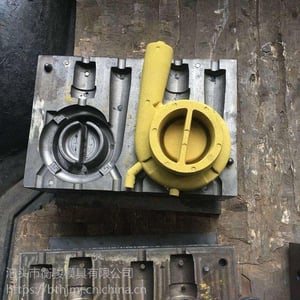The choice of the right casting tooling system can be a difficult task. A number of things must be taken into account. Learn in this blogpost, how the production costs and workload can be kept as low as possible.
The process of sand casting is a simple but yet millennia-old craft in the foundry. Archaeological finds prove that amulets were already cast around 6,000 years before Christ. Over time, the craft has developed and honed. Nowadays, deeper chemical knowledge is essential to ensure the optimal composition of the sand as other substances - such as resin and acids - are added to the sand. Furthermore, the casting process design must be planned meticulously to achieve high mechanical properties.
Which tools are needed in sand casting?
Even though the processes have been modernized and complicated over the years, the tools used in sand casting have remained simple. You need an upper and lower sandbox, an upper and lower mold, a board, and various smaller auxiliary tools. If needed, a core box and a sand core are added. But this is only necessary if the casting has one or more cavities.

Five design principles
There are certain design principles that can help in keeping the labor and material input as low as possible. By following them, production costs can be reduced to a minimum.
- In order to be economically and ecologically efficient, the most advanced tool technologies, new processes, and new materials should be used as frequently as possible.
- The high demands on the production process must always be ensured so that the quality of castings meets the standards. This will ensure that the yield of the casting is the highest and the scrap rate is at its minimum. This helps to keep production costs low.
- The design of the process equipment structure must be reasonable, flexible, durable, and safe.
- To keep costs and maintenance low, process equipment should be easy to process and manufacture.
- In order to reduce the workload for design and manufacturing, it is advisable to promote standardization and generalization of tooling.
The design basis of the tooling system
The first step is to determine the content of the tooling system. This depends largely on the size of the production lot. A basic distinction is made between small batches and large batches. Small batches usually have an annual output of less than 500 pieces. The production of such small batches usually involves simple mechanization and manual styling. On the contrary, large series comprises more than 5,000 pieces per year. They need to be completed with high efficiency or special production lines. Therefore, a wide variety of tools are used, such as metal molds, auxiliary equipment and special sandboxes.
In addition, the technological equipment of the foundry workshop and the technical performance of the mechanized transport device, among other things, influence the choice of the tooling system. But also the habits and technical skills of the operator play an important role. Moreover, the design specifications and standards of the tool shape also have a decisive influence on the design of the tool and the choice of materials.
At AMPCO METAL we have been developing and improving the sand casting process since our foundation in 1914. Thanks to our expertise in this field and the adherence to our design principles, we supply companies from all over the world with our high-quality products.
If you want to dive deeper into the world of copper and copper alloys, download a free extract of our book "Metallurgy of Copper and Copper Alloys". It is a compilation of metallurgical work made on copper and copper alloys that has been produced in collaboration with metallurgy expert Piet Wenschot.





